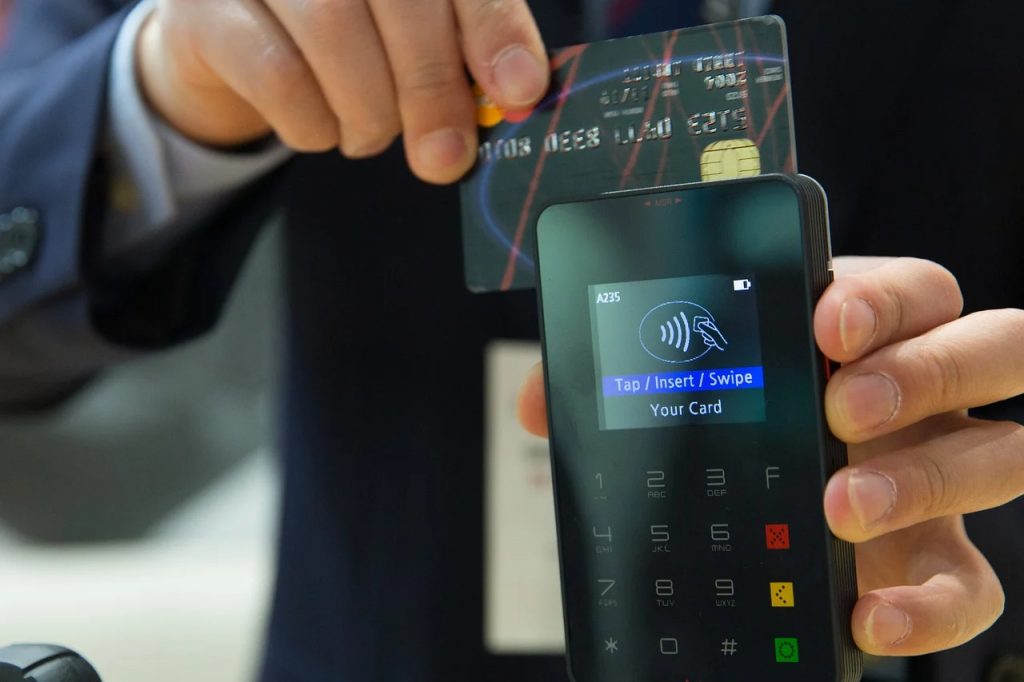How US Consumers Are Reevaluating Their Spending
Consumer spending is morphing, which does not bode well for many businesses.
This article is more than 2 years old

Multiple rounds of stimulus payments during the height of the pandemic served to support the US economy during a most precarious time. The extra cash put consumer spending into overdrive. With the turn of every fiscal quarter, many business executives were smiling wider and wider as they continued to blow past revenue forecasts and sales predictions. However, the excess spending combined with pandemic-induced supply chain disruptions was causing a darker entity to brew beneath the surface – inflation. In recent months, exorbitant inflation has permeated every market imaginable. Costs for every consumer product conceivable have reached heights higher than they have been in over 40 years. This has had a marked effect on individuals’ budgets. Now, according to CNBC, consumer spending is undergoing drastic changes as many reevaluate when, where, and on what they should use their money.
Sandy Magny, a paralegal from the Bronx in New York City, is one such individual who is rethinking her consumer spending. Magny told CNBC that because everything is so expensive, in order to visit her family in Florida over the summer, she has to cut costs wherever possible. Magny said that oftentimes she forgoes buying lunch in favor of bringing food from home. She no longer splurges on coffee either since she realized that she “…could make coffee in the office.”
Magny’s budget shifts are not unique. Consumer spending is shifting nationwide and businesses are beginning to feel the repercussions. Suddenly companies that just months prior were celebrating their overwhelming success are getting harrowing wakeup calls yanking them from their fiscal euphorias. From corporate tech giants like Amazon to home goods retailers like Whirlpool, businesses across markets are reporting less than stellar first-quarter monetary gains. Even the seemingly unstoppable streaming giant Netflix reported its first net loss of total subscribers in upwards of a decade. These are all signals that consumer spending patterns are morphing.
Some companies are not being shy about vocalizing their concerns. Macy’s CFO Adrian Mitchell called into question how long consumers will keep spending on recreational and luxury items in a market choked by inflation. James Quincey, Coca-Cola’s CEO, emphasized to CNBC that individuals won’t “swallow inflation endlessly,” insinuating that the market could very well be nearing a breaking point. Essentially, right now consumer spending is walking inflation’s narrow tightrope. One wrong step and everything could come crashing down.
Despite the seemingly dismal outlook in regards to consumer spending and how it relates to companies’ bottom lines, overall spending still remains strong. The US Department Of Commerce detailed that consumer spending rose 1.1% across the board in March of 2022. Still, considering the emerging trend of individuals allocating their cash towards less frivolous purchases the overall market future still remains foreboding for many businesses.
For instance, in a world still recovering from the traumas that coincide with periods of pandemic-fueled isolation, it’s possible that most will find more value in spending money to see their loved ones versus dropping a good chunk of change on an inanimate object. That might be great for the airline industry but not so stellar for the bulk of retailers selling consumer goods. Where the dust settles in terms of consumer spending still remains to be seen. What is clear though is that the market is changing and the coming years will serve to reveal just what the new consumer spending mold will look like.






